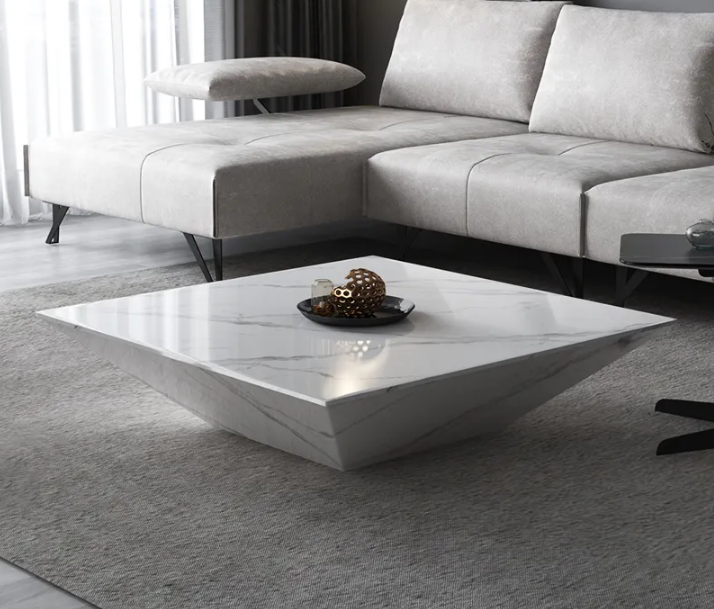When it comes to selecting granite countertops, one of the first decisions you’ll face is whether to choose a thickness of 2cm or 3cm. Both options have their own set of benefits and drawbacks, and the best choice depends largely on your specific needs and preferences. Here’s a detailed breakdown to help you make an informed decision.
Understanding the Differences
Thickness and Weight
- 2cm Granite: Approximately 3/4 inch thick, generally lighter, making it easier to handle and install. Common in Europe and increasingly popular in the U.S. for bathrooms and decorative applications.
- 3cm Granite: About 1 1/4 inches thick, this is the standard in the U.S. for kitchen countertops. It’s heavier, offering more durability and resistance to stress.
Cost Implications Price varies significantly between the two, not just in terms of material cost but also installation. 2cm granite often requires additional support, such as plywood backing or support brackets, which can add to the overall cost.
Installation and Durability
- 2cm Granite requires more support to prevent breakage. It’s suitable for smaller projects or where lighter weight is beneficial, such as on walls or in bathrooms.
- 3cm Granite, being thicker and heavier, can span larger areas without the need for as much support. Its robustness makes it ideal for heavily used surfaces like kitchen counters.
Aesthetic and Design Choices Edge design options differ between the two thicknesses:
- 2cm Granite typically features a lighter, more delicate edge profile.
- 3cm Granite allows for a broader range of edge designs, which can enhance the stone’s visual appeal and contribute to a more luxurious finish.

Pros and Cons
- 2cm Granite:
- Pros: Less expensive per square foot, lighter and easier to manipulate during installation.
- Cons: Requires more support structures, less variety in edge profiles.
- 3cm Granite:
- Pros: More durable, can be used in larger pieces without support, offers more edge design options.
- Cons: More expensive and heavier, which may complicate installation.
Choosing the Right Thickness for Your Project Consider the following factors when deciding between 2cm and 3cm granite:
- Location and Usage: High traffic areas or heavy-duty use? Go for 3cm for its durability.
- Budget Constraints: If cost is a major factor, analyze the total installation costs of 2cm versus 3cm.
- Aesthetic Preferences: Want a more pronounced edge profile? 3cm provides more options.
Practical Applications in Home Design When considering 2cm vs 3cm granite for your next home renovation project, think about where and how the granite will be used. 3cm granite might be the standard for kitchen countertops, but 2cm could be a perfect choice for bathroom vanities or as a decorative accent in other areas of your home.
In conclusion, the choice between 2cm and 3cm granite depends on specific needs such as budget, intended use, and design preferences. Weigh these factors carefully to choose the best granite thickness for your project.